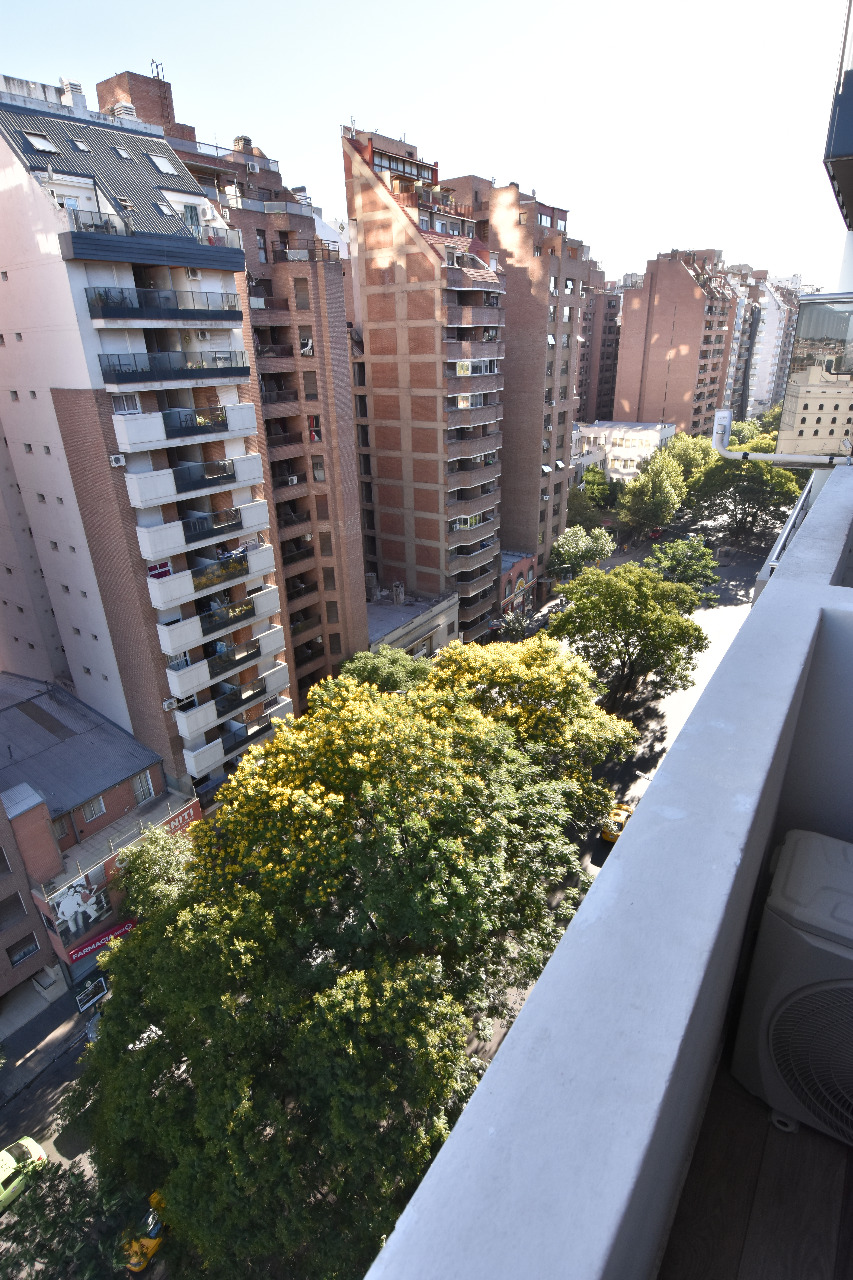
- #Hvac trminal equipment definition for free
- #Hvac trminal equipment definition install
- #Hvac trminal equipment definition portable
Electrical heaters are often used as backup or supplemental heat for heat pump systems.
#Hvac trminal equipment definition portable
This principle is also used for baseboard heaters and portable heaters. Another type of heat source is electricity, normally heating ribbons composed of high resistance wire (see Nichrome). Heaters exist for various types of fuel, including solid fuels, liquids, and gases. By utilizing natural sources that can be used for HVAC systems it can make a huge difference for the environment and help expand the knowledge of using different methods.
#Hvac trminal equipment definition for free
īasing HVAC on a larger network helps provide an economy of scale that is often not possible for individual buildings, for utilizing renewable energy sources such as solar heat, winter's cold, the cooling potential in some places of lakes or seawater for free cooling, and the enabling function of seasonal thermal energy storage. For example, at a given time one building may be utilizing chilled water for air conditioning and the warm water it returns may be used in another building for heating, or for the overall heating-portion of the DHC network (likely with energy added to boost the temperature). In such cases, the operating and maintenance aspects are simplified and metering becomes necessary to bill for the energy that is consumed, and in some cases energy that is returned to the larger system. Building permits and code-compliance inspections of the installations are normally required for all sizes of buildings.Īlthough HVAC is executed in individual buildings or other enclosed spaces (like NORAD's underground headquarters), the equipment involved is in some cases an extension of a larger district heating (DH) or district cooling (DC) network, or a combined DHC network.
#Hvac trminal equipment definition install
Specialty mechanical contractors and suppliers then fabricate, install and commission the systems. For larger buildings, building service designers, mechanical engineers, or building services engineers analyze, design, and specify the HVAC systems. For very small buildings, contractors normally estimate the capacity and type of system needed and then design the system, selecting the appropriate refrigerant and various components needed. In modern buildings, the design, installation, and control systems of these functions are integrated into one or more HVAC systems. The means of air delivery and removal from spaces is known as room air distribution. HVAC systems can provide ventilation, and maintain pressure relationships between spaces. HVAC systems can be used in both domestic and commercial environments. The three major functions of heating, ventilation, and air conditioning are interrelated, especially with the need to provide thermal comfort and acceptable indoor air quality within reasonable installation, operation, and maintenance costs. 6.6 Demand controlled kitchen ventilation.Methods for ventilating a building are divided into mechanical/forced and natural types. Ventilation removes unpleasant smells and excessive moisture, introduces outside air, keeps interior building air circulating, and prevents stagnation of the interior air. Ventilating or ventilation (the "V" in HVAC) is the process of exchanging or replacing air in any space to provide high indoor air quality which involves temperature control, oxygen replenishment, and removal of moisture, odors, smoke, heat, dust, airborne bacteria, carbon dioxide, and other gases. HVAC is an important part of residential structures such as single family homes, apartment buildings, hotels, and senior living facilities medium to large industrial and office buildings such as skyscrapers and hospitals vehicles such as cars, trains, airplanes, ships and submarines and in marine environments, where safe and healthy building conditions are regulated with respect to temperature and humidity, using fresh air from outdoors. " Refrigeration" is sometimes added to the field's abbreviation as HVAC&R or HVACR, or "ventilation" is dropped, as in HACR (as in the designation of HACR-rated circuit breakers). HVAC system design is a subdiscipline of mechanical engineering, based on the principles of thermodynamics, fluid mechanics, and heat transfer.

Its goal is to provide thermal comfort and acceptable indoor air quality. Heating, ventilation, and air conditioning ( HVAC) is the use of various technologies to control the temperature, humidity, and purity of the air in an enclosed space. The safety interlock switch is at the bottom left.

The fan enclosure is directly behind the board, and the filters can be seen at the top. The wires connecting to the blue terminal block on the upper-right of the board lead to the thermostat.

The control circuit in a household HVAC installation.


 0 kommentar(er)
0 kommentar(er)
